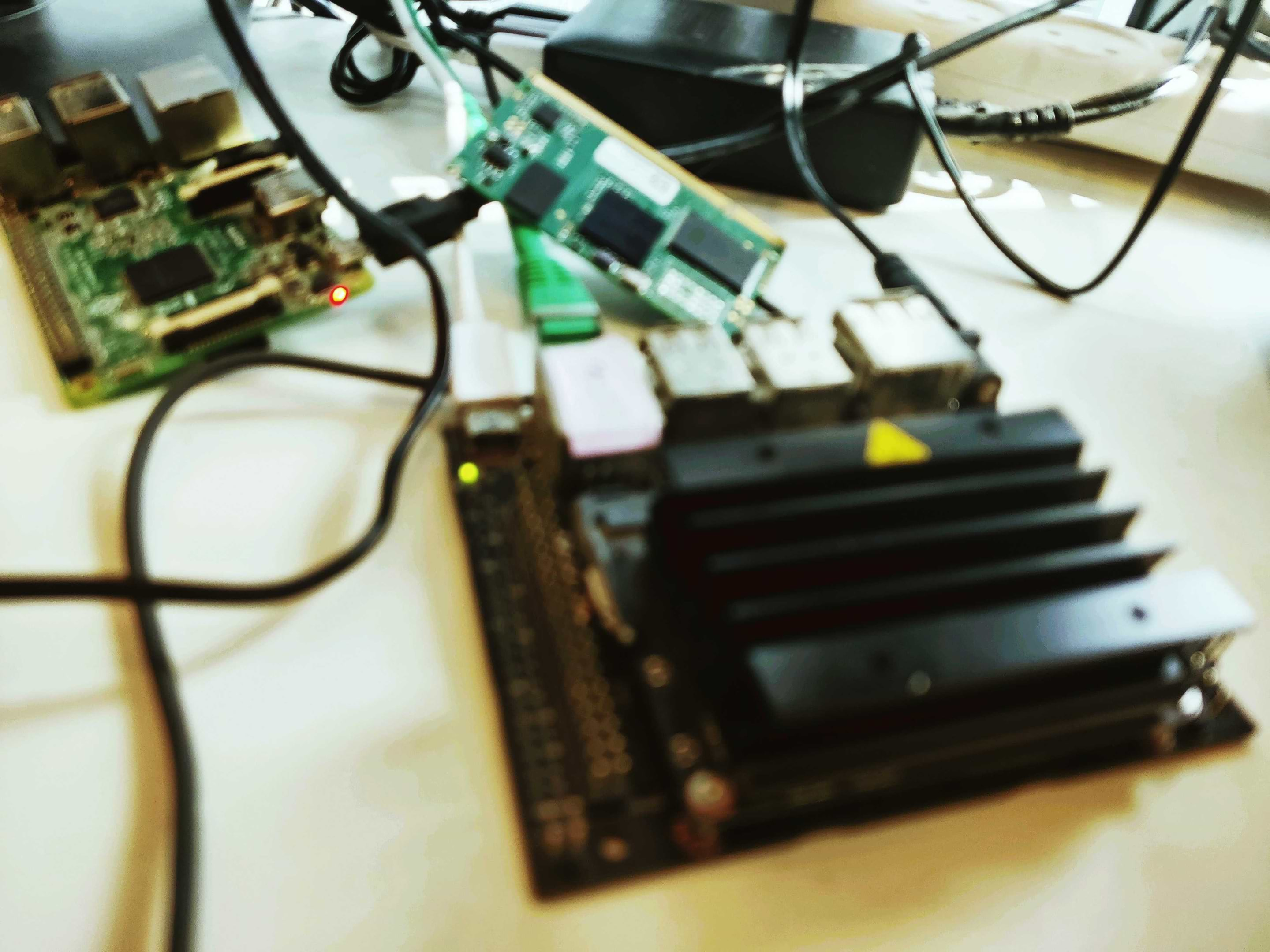Nvidia Jetson Nano vs Xavier NX
As most developers know, the Nvidia Jetson series represents one of the most interesting SBCs (single-board computers) available on the market today. And as the two products that we’ll be comparing here show, the product line from Nvidia has definitely come a long way since the first TX1 board released in 2014.
However, the TX boards are not our focus today. Instead, we’ll take a look at the Jetson Nano and the Xavier NX — two dev kits Nvidia has released in the past couple of years. And if you intend on purchasing one of these dev kits, the first start difference that you might have noticed is their price. On the one hand, the Jetson Nano won’t set you back more than a hundred bucks; on the other, the might Xavier NX costs a whopping $399. With that kind of huge price gap, the question is — are they even comparable?

Is the Xavier NX more powerful than the Jetson Nano?
There’s a comparison to be made here, but only if you know what you’re looking for. The Jetson Nano has a vastly different target audience, for one. Its specs show that it’s pretty much a lower-rung version of the Tegra X1 chips. And Nvidia has also pointed out that its lower price range allows for amateur robotics and computer enthusiasts to experiment with it, much like the Raspberry Pi models. It has also found an eager audience in computer science teaching programs, where it allows for easy practical demonstrations of basic principles.
Conversely, the much more expensive Xavier NX SBC is a far more commercially-geared product and a more direct continuation of the TX2 legacy. For one, the cloud-native application support means that Nvidia’s touting of the “tiniest AI supercomputer” is not without merit. Plus, the power efficiency with certain applications has been improved by a factor of ten compared to previous TX models.
The price point can already tell you what you can expect from a specs comparison. And sure, there are the obvious things, like the Xavier NX coming with more RAM, better clock rates, and more cores. However, machine learning professionals and enthusiasts will also be interested in knowing that the AI performance of the Jetson Nano is 44 times lower compared to Xavier NX; further hammering home the point on their different intended uses.
Wrapping Up
As you might have concluded by yourself —- the Xavier NX board is simply a beast. With that moniker, you can expect a power-hungry SBC. But if you’re looking for the best possible performance, you’re not likely to find a more cost-effective development kit and module. Developers that are tackling applications that process a multitude of high-resolution video streams while also handling other GPU tasks will find that the Xavier NX enables them to create a more efficient end-product.
On the other hand, regular hobbyists and computer science students won’t require anything more than the Jetson Nano; nor will they likely be able to afford it. Only go for the Xavier NX if you have a specific power-needy application in mind that you want to develop.



